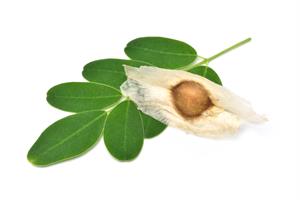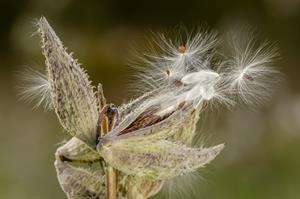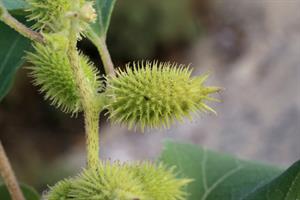PDF chapter test TRY NOW
Wind, animals, water, birds and humans are the agents of dispersal.
Dispersal by Wind
- The seeds are very light and have a wing or hair-like structures.
- Easily carried away by blowing wind from their natural habitat.
Example:
Maple seeds and drumstick seeds (have wings), while the Madar or aak seeds (contains hairs). Seeds of grasses and orchids are small and light.



Dispersal by Water
- Seeds have outer fibrous or spongy covering are dispersed through water.
- Ability to float in the water along with the flow
Example:
Water lily seeds, lotus seeds, coconut are dispersed through water. The coconut fruits have an outer coat (fibrous) that enables it to float in water and carried to far off places.
Dispersal by Birds
- Birds eat fruits along with seeds.
- Seeds are dispersed to some other place through their faeces.
Example:
Neem seeds are generally dispersed by faeces of birds.
Dispersal by Animals
- Few seeds have hooks or spines that attaches to the body of animals.
- When animals move, the seeds get dispersed.
Example:
Xanthium, Burdock and Urena fruits are covered with numerous hooks that attach to the animal’s fur and are dispersed with them. Along with fruits, the seeds also are dispersed.

Dispersal by Explosion or Bursting of Fruits
- Fruits mature, and a strain is produced, which produces a sudden jerk that causes fruits to break open.
- This allows the seeds to scatter far away from parent plants.
Example:
Castor plant, peapod, bean pod, and fruit of balsam are dispersed through explosion mechanism.
